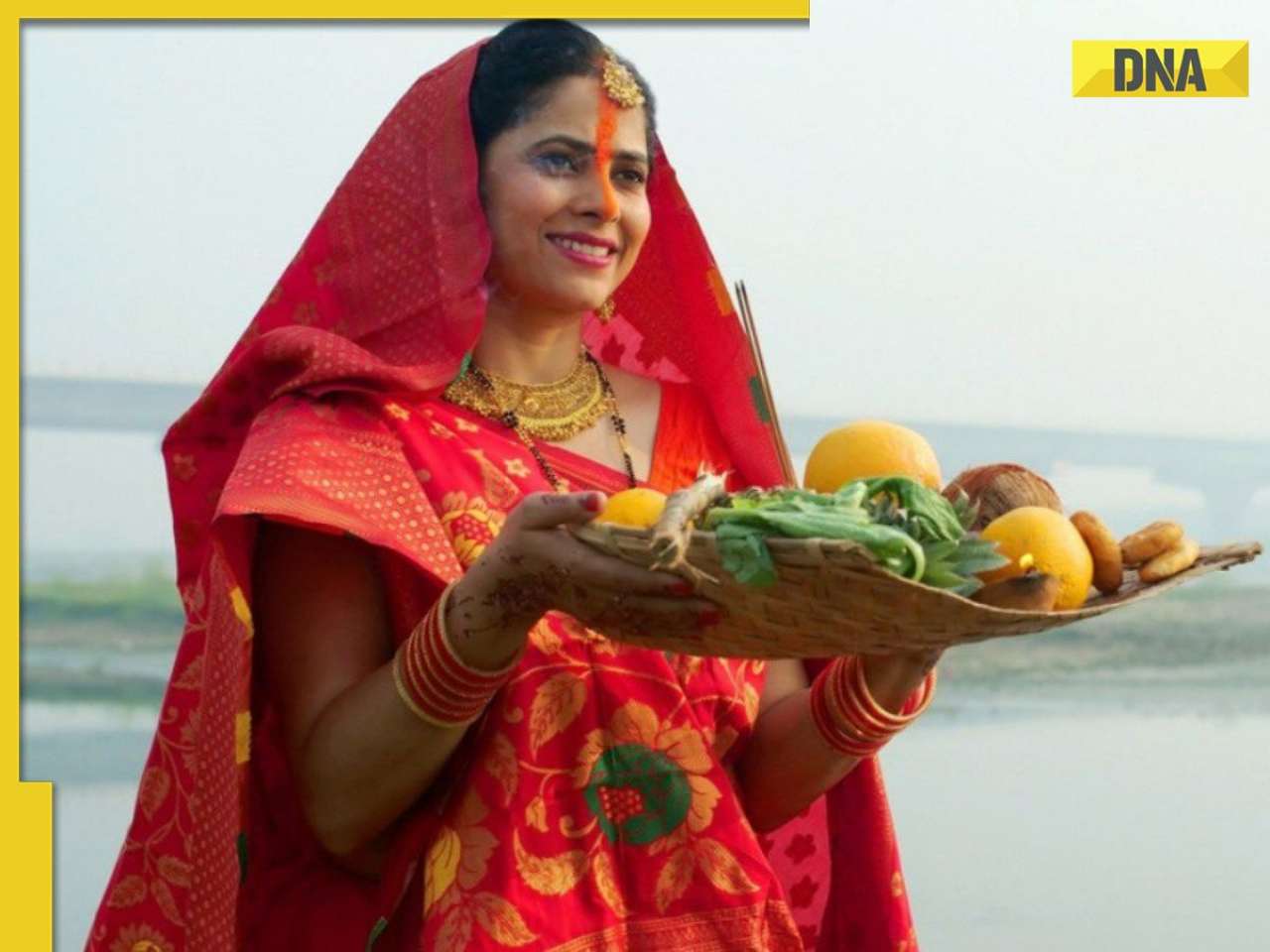
Chhath Puja 2025 devotees observe a 36-hour waterless fast, known as Nirjala Vrat, which impacts the body through dehydration, fat metabolism and electrolyte changes, offering spiritual benefits while requiring careful attention to health.
As Chhath Puja 2025 begins today, millions of devotees across India and Nepal are preparing for one of the most rigorous fasting rituals in Hindu tradition, a 36-hour waterless fast, also called Nirjala Vrat. Observed during the festival, this fast involves abstaining from both food and water from sunrise to sunset, culminating in the evening Arghya (offering) to the setting Sun. This act of devotion is believed to purify the body and soul while expressing gratitude to Surya Dev and Chhathi Maiya.
How your body responds to a 36-hour waterless fast
Going without food and water for 36 hours has a significant impact on the body. Initially, the body relies on stored glycogen for energy, which can lower blood sugar levels and trigger mild fatigue. As fasting continues, the body shifts to ketosis, burning fat for fuel, which can result in temporary weight loss and lower blood pressure. At the same time, going without water can lead to dehydration, causing dizziness, headaches, dry mouth and even electrolyte imbalance. Despite these challenges, many devotees report a sense of mental clarity and spiritual rejuvenation after completing the fast.
Who should be careful
While many safely observe Nirjala Vrat, certain groups should exercise caution. Elderly people, pregnant women, children and those with medical conditions like diabetes, kidney problems or hypertension should consult a healthcare professional before attempting such a long fast. Ignoring these precautions can increase health risks and lead to serious complications.
The 36-hour waterless fast of Chhath Puja is a remarkable display of faith, discipline and gratitude. While it offers spiritual and emotional benefits, devotees must also balance devotion with health, stay mindful of their body’s limits and take necessary precautions. Observing this sacred ritual safely allows one to fully experience the festival’s purity, joy and devotion.
Disclaimer : This story is auto aggregated by a computer programme and has not been created or edited by DOWNTHENEWS. Publisher: dnaindia.com






